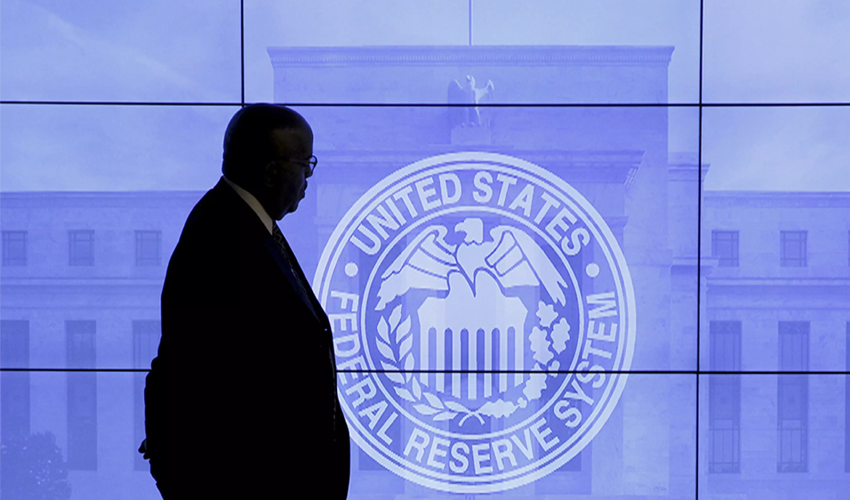In a recent revelation, data from the Federal Reserve shows that its losses have exceeded the $100 billion mark, raising concerns about the central bank's financial position.
The losses have been accumulating for the past year, driven by the Fed's strategy of raising interest rates. Despite this financial setback, the Fed remains resolute in its ability to conduct monetary policy effectively.
Prominent experts in the field have weighed in on the situation. William English, a former top central bank staffer currently at Yale University, foresees a "peak" loss of approximately $200 billion by 2025. Derek Tang, from forecasting firm LH Meyer, believes the losses will range between $150 billion and $200 billion by next year.
To handle these unprecedented losses, the Federal Reserve employs an accounting measure known as a deferred asset, which represents the amount it will need to cover in the future before it can resume its usual practice of returning profits to the Treasury.
While losing money is an uncommon occurrence for the Fed, it has repeatedly emphasized that these financial challenges will not hinder its ability to achieve its monetary policy objectives.
The Federal Reserve's losses are largely attributed to its aggressive campaign to raise interest rates. This effort has raised the benchmark overnight interest rate from near-zero levels in March 2022 to its current range of 5.25% to 5.50%. With inflation pressures subsiding, it is widely anticipated that the Fed's rate increases are nearing an end.
Role of shrinking balance sheet
However, the losses are expected to persist due to the current level of short-term interest rates. The Fed's strategy for mitigating these losses involves shrinking its balance sheet, which complements its rate hikes.
Over the past year, the central bank has shed approximately $1 trillion in Treasury and mortgage bonds. Fed officials have indicated that more actions on this front are forthcoming, which will reduce interest costs as liquidity is withdrawn from the financial system. Market analysts anticipate this process to halt in the second or third quarter of 2024.
The liquidity targeted by the Federal Reserve primarily exists in the form of bank reserves and inflows to the central bank's reverse repo facility. As these tools are utilized to manage liquidity, the Fed's expenses decrease, even if the policy rate remains unchanged.
Some experts, like James Bullard, former head of the St. Louis Fed, express worries about the central bank's losses. Bullard suggests that it might have been better for the Fed to retain some of the $1 trillion it has previously returned to the Treasury to cover these losses. However, the current system was established by Congress.
Long road to recovery
When the Federal Reserve eventually stops incurring losses, it will take several years to remove the deferred asset from its books and resume returning funds to the Treasury. In 2022, the Fed returned $76 billion, following a return of $109 billion in 2021. The challenge now lies in whether the Fed can return to the era of high earnings associated with the low interest rates of the past.
Despite the daunting financial landscape, some within the central bank, notably New York Fed President John Williams, remain optimistic that they can overcome these challenges and return to a more favorable financial position.


























